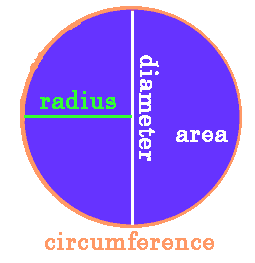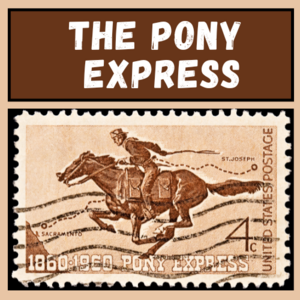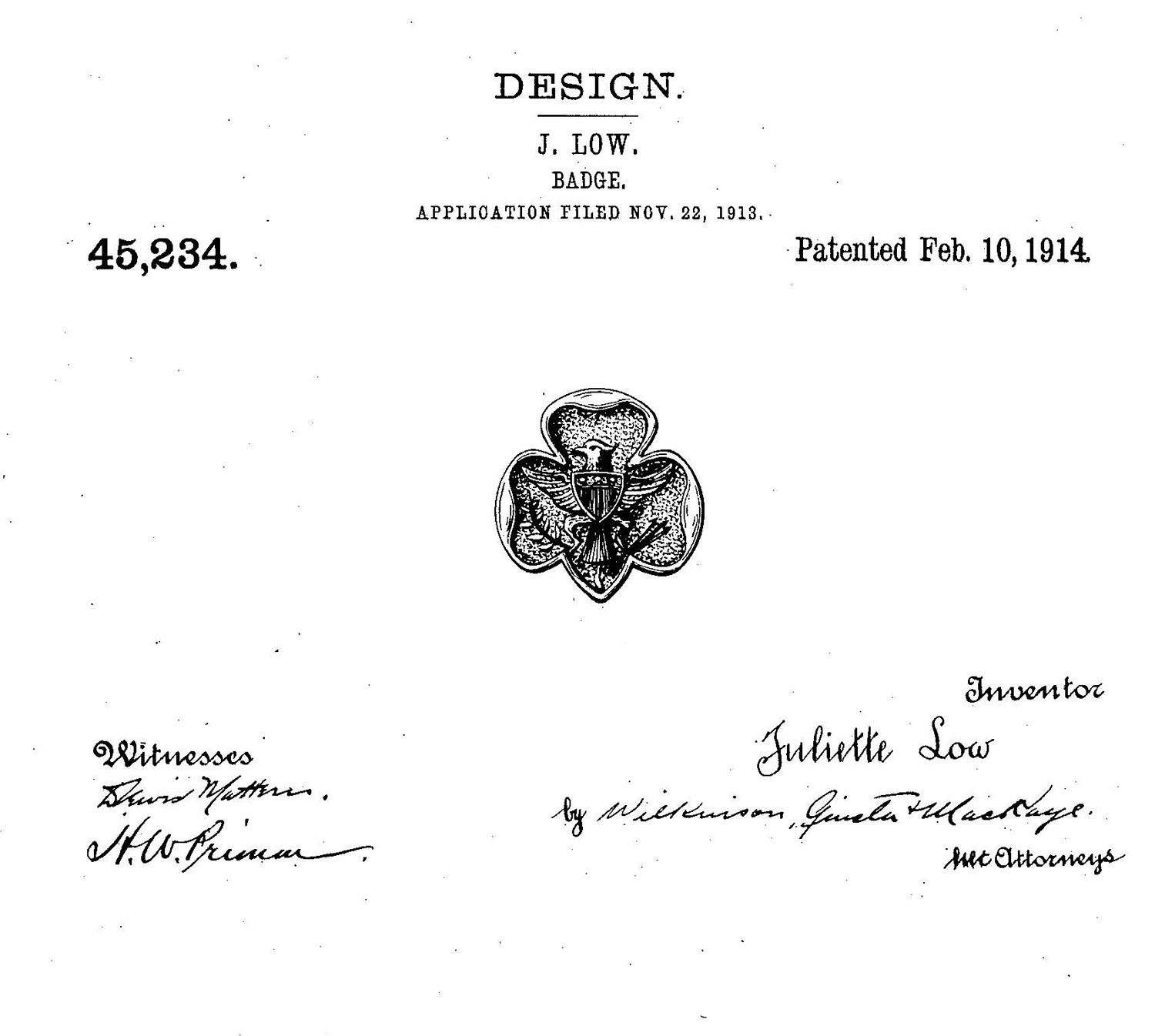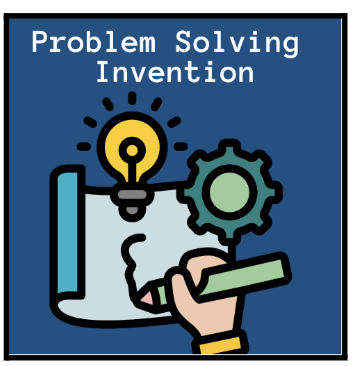Pi
Not, Pie, but Pi! Have you ever heard about it?
Pi is the 16th letter in the Greek Alphabet, and it is also a math symbol used with circles.

Pi equals the circumference divided by the diameter (π = c/d). The interesting this about pi is that mathematicians who have been working on this number believe that it is infinite, meaning that it’s not the quotient of two integers. In other words, the number pi goes on and on and on, and we don’t know where it ends!
Today, March 14th or 3/14 is celebrated around the world as Pi Day!
Try out this fun Pi Day Early Enrichment activity below. Watch this video about the never ending number and download the Pi Day Grid Art!
Share your artwork with your EY Coordinator!
** Project adapted from Tinkerlab.com



 A biography is the story of a real person’s life, whether they are alive today, from centuries past, famous, forgotten heroes, or a unique group of people.
A biography is the story of a real person’s life, whether they are alive today, from centuries past, famous, forgotten heroes, or a unique group of people.






 Inventor, Juliette Gordon Low, or as her friends called her, “Daisy,” was like the superhero of Girl Scouts, zooming around with courage, confidence, and character! In 1912, she waved her magic wand and created Girl Scouts of the USA, where girls could gather to unleash their amazing powers in STEAM—science, technology, engineering, arts, and math! Just like a science experiment gone right, she turned her dream of girls teaming up to celebrate their strengths into a fantastic reality!
Inventor, Juliette Gordon Low, or as her friends called her, “Daisy,” was like the superhero of Girl Scouts, zooming around with courage, confidence, and character! In 1912, she waved her magic wand and created Girl Scouts of the USA, where girls could gather to unleash their amazing powers in STEAM—science, technology, engineering, arts, and math! Just like a science experiment gone right, she turned her dream of girls teaming up to celebrate their strengths into a fantastic reality!

